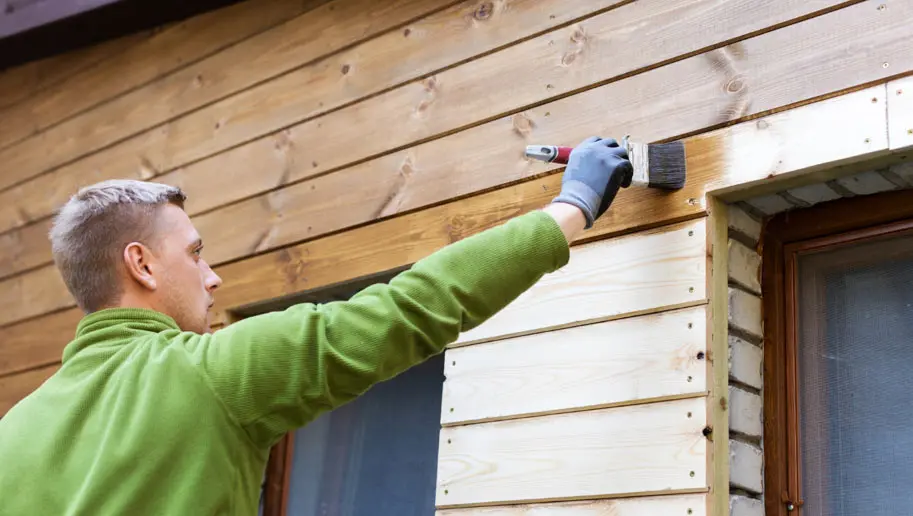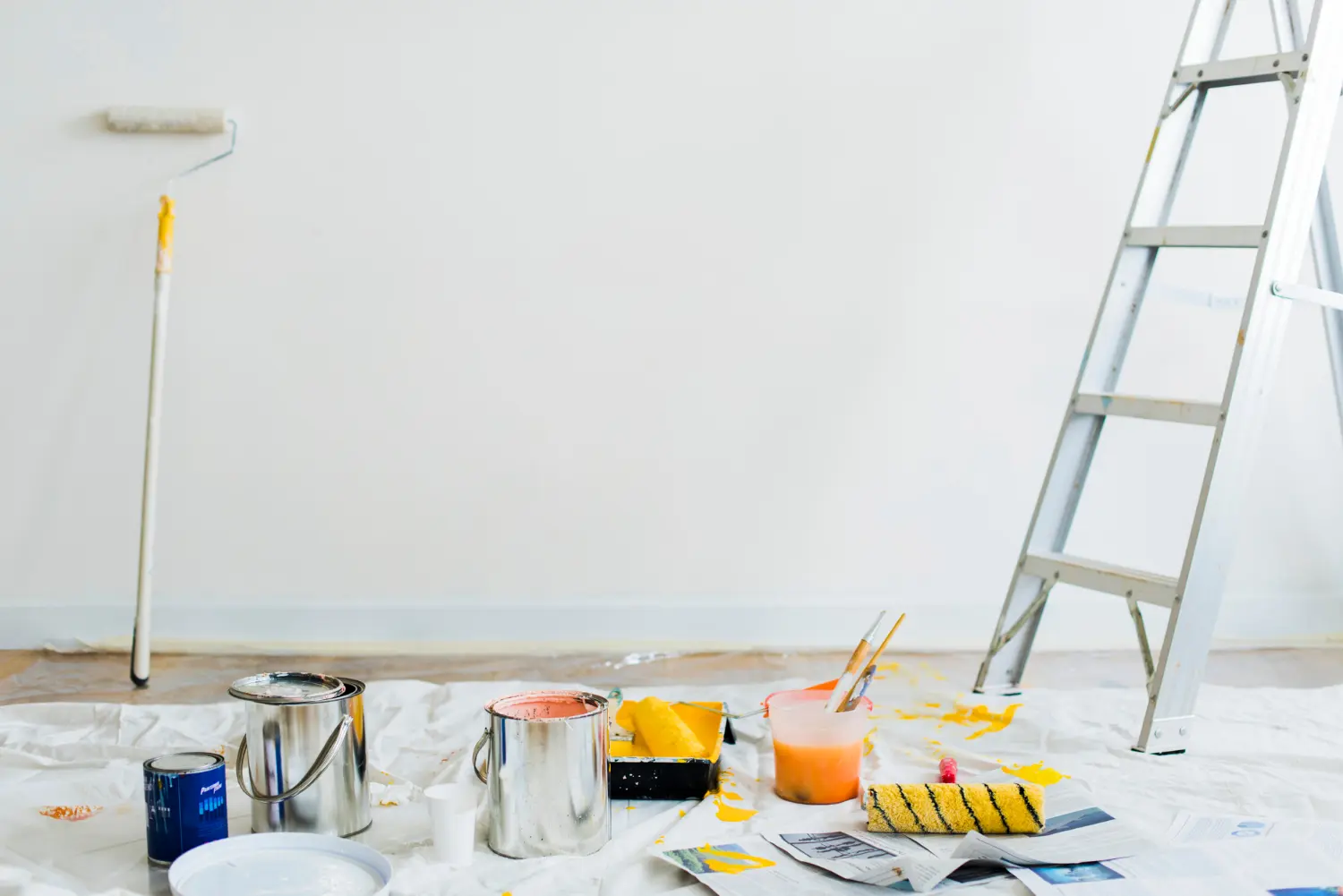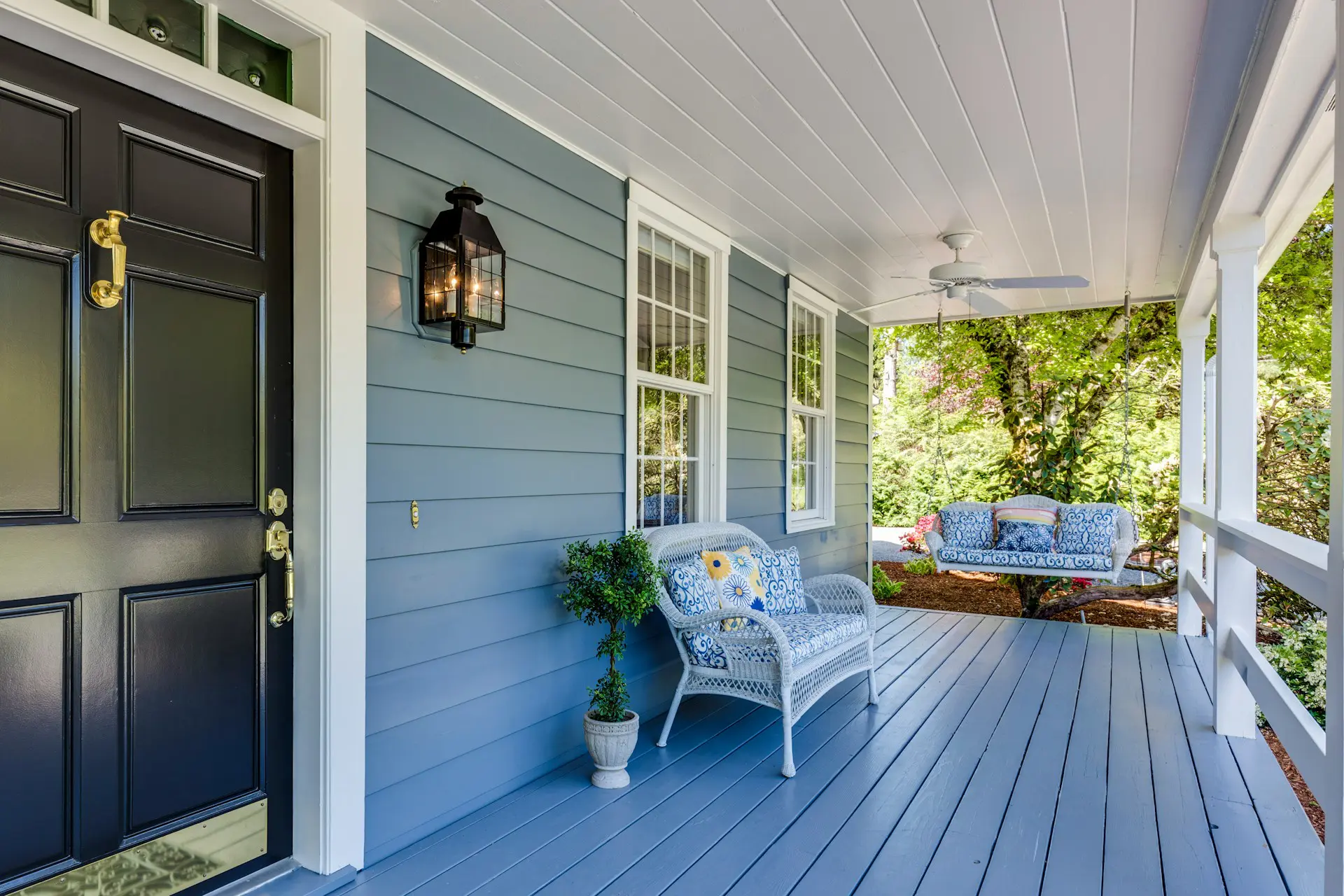The 5 Best Techniques for Painting Your Home

Painting your home, whatever room it may be, takes time and precision. It’s a task that a homeowner should prepare for in advance. Being ready to begin painting your home will allow you to achieve the best results from your paint job. Considering the time and patience it takes to paint your home, especially larger walls, there are some important techniques to consider. You need to choose the right color, prep your walls, choose the correct brushes and supplies, and prime before painting. Use the following 5 best techniques for painting your home to get the best results.

1.Decide on The Right Room Color
Whatever you do, don’t go into a paint job without thinking through your choice of paint color. The color of paint that you use will determine so much about a room; namely it’s look and the mood it creates. You don’t want to get into a massive paint job only to realize after all is said and done that a different color would have suited the walls better. Consider what type of atmosphere you want your room to represent. Kelly Green is a great color choice for bursts of color using stripes, or as an accent wall. It can also be a great way to add a rich outdoorsy feel to any room. Neutral colors are great for relaxing spaces like family rooms and bathrooms. Choose pastel colors like light blues, ivories, or light grey. You can use darker colors for accent walls or patterns to add a unique touch and an element of luxury. Some colors to consider are royal purple, rich browns, and even black. Do not use dark, outlandish, or neon colors to paint every wall in a room. This will make the room seem out of balance, overbearing, and small. Do some research, play with swatches and samples of paint, and make a well-informed decision. Once you’ve decided concretely on a color, it’s time to begin prepping for your paint job.
2.Clean and Prep Your Walls
If you begin a paint job without cleaning and prepping your walls, you will be unsatisfied with the end result. Without properly cleaning and preparing your walls before a paint job you could end up with uneven tones, stains, nicks, and chipping will occur at an accelerated rate. Many times walls have dirt, oil, dust, stains, and other particles that need to be cleaned off prior to beginning a new paint job. To clean your walls, use a heavy duty cleaner that is made for this specific purpose. You can find these cleaners at any home improvement store or local paint shop. When you are using the cleaning supplies, take safety precautions and wear eye gear, gloves, and a breathing mask to avoid inhaling or coming in contact with harmful chemicals.
Cleaning and prepping your walls is important because it helps to de-grime the surface of your wall for the first coat of paint. When you are cleaning, use a cloth or pad that is lint-free and wipe the walls in a circular motion working your way up. You can also sand the walls to get an even more refined and smooth look after painting. Without utilizing the proper techniques to prepare your walls for paint, you won’t get the best results for your home. Cleaning will help you achieve a desirable and even look from wall to wall.
3.Handle Brushes with Care
Choosing the right brushes, and handling them correctly, is an essential technique in making your paint job a success. In most cases you will need an edging brush and a roller. An edging brush helps to paint near the edges of the walls and a roller allows you to cover a greater surface area and get even lines and strokes. When handling brushes, choose ones that have a rubber grip. Paint brushes with a rubber grip are much more comfortable and easier to handle. Painting isn’t a quick job, so using a wooden handle brush can lead to discomfort.
Before painting, always wet the brushes with thinner or water. A damp brush shouldn’t be dripping with water, otherwise, it’ll dilute the paint. You need just enough to prep the brush so the bristles are malleable enough to absorb the paint.
Paint rollers are also a great and necessary option for painting an entire wall or several walls. Paint rollers comes in different sizes and have handles of different sizes, some are extendable to reach even the tallest areas of your home. At the end of any paint job it’s crucial that you clean your brushes and rollers, and trim any unruly bristles from the brushes. This ensures that you won’t have to deal with a crusty mess on your next go around and your brushes and rollers will last longer.
If you have any extensively large rooms to paint, you may also consider using a hydraulic air-sprayer to complete your paint job.
With any technique that you use to paint, make sure that you paint away from you and go slow and steady to get the best results.
4.Make Use of a Bucket
To ensure that your color will look consistent across the walls, one of the best techniques to use is to have a bucket handy. To follow this method, pour the paint from the paint cans into a large bucket. Don’t worry about pouring too much because you can always pour back any leftover paint back into the cans. Once you pour in all of the paint into the bucket, use a wooden mixer to mix the paint together. This helps to even out any slight inconsistencies from can to can and allows you to achieve a uniform color across every wall.
Another way to utilize a bucket in fostering the best paint job for your home is to use a roller screen instead of a roller pan. Instead of dealing with the mess and potential inconsistencies that comes with the use of a roller pan, insert a roller screen into your bucket. This will make dipping your roller into the paint much easier, less messy, and allows you to get just the right amount of paint on your brush. Using a bucket and screen is a sure-fire way to get amazing results especially when covering larger surface areas.
5.Priming is Important
Priming your walls is a must before any paint job. Disregard for this painting technique will leave you with sub-par and disappointing results. Using a primer on your walls before painting safeguards your walls from imperfections. Primer helps to ensure that any porous surfaces like wood are sealed and gives the paint something to stick to. Primer will also hide and minimize unsightly stains and odors. It will also help you achieve the truest shade of your color of choice. Without priming, especially if you paint over another color, you can’t achieve the true color that you’ve selected. By using primer, you will need to use fewer coats of paint.
Painting can be a tedious job so it’s essential that you are using the best techniques for painting your home. Don’t skip out on the necessities or you won’t be happy with the end-result. Instead, utilize the 5 best techniques for painting your home and bask in a job well-done. Your walls will look better and your paint job will last longer.










